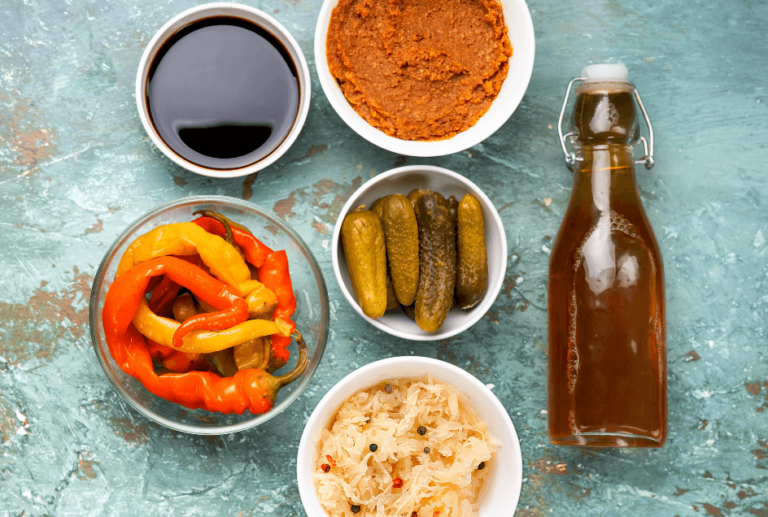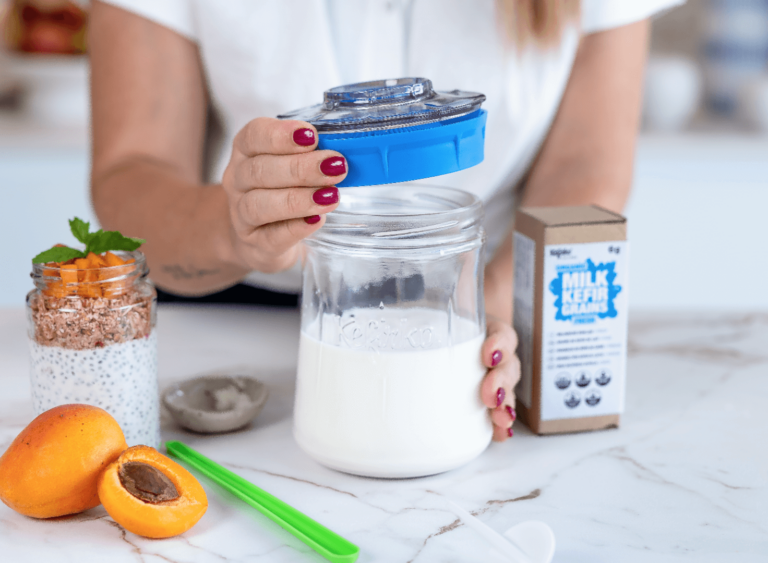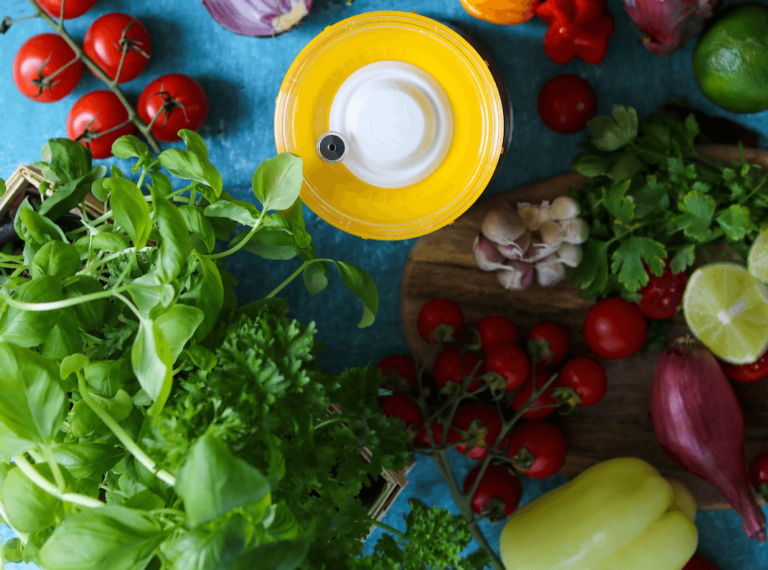Home > Healthy Living > Sugar and Fermentation: A Necessary Partnership
Sugar and Fermentation: A Necessary Partnership

Sugar is an essential ingredient for most fermentation processes. While it might be tempting to avoid it altogether, sugar plays a critical role in converting sugars into the desired products.
Fueling Flavor and Fizz:
Take alcoholic beverages like beer, wine, and spirits. Here, sugar fuels the process by transforming into alcohol and other flavour compounds. Similarly, sugar is vital for kefir grains in water kefir and the symbiotic cultures of bacteria and yeast in kombucha. These cultures thrive on sugar and sweetened tea to create organic acids, carbonation, and the unique flavours we enjoy.

The amount of sugar used can influence the final product. In alcoholic fermentation, sugar levels impact the alcohol content. Different fermentation methods also utilize various sugar sources. Malted barley features prominently in brewing beer, while grapes are the foundation for winemaking. Water kefir and kombucha, on the other hand, typically rely on sweetened liquids to drive fermentation.
Don’t miss out on the new content about fermenting!
Subscribe to Kefirko newsletter
Sugar Choices for Fermentation
- Granulated Sugar (Sucrose): This common sugar (white, cane, beet, raw) reigns supreme in water kefir and kombucha ferments.
- Rapadura: For a mineral boost and a touch of caramel taste, Rapadura adds a unique twist to water kefir, but isn’t as common in kombucha.
- Fruit Juice (Fructose): While not a complete replacement, fruit juice adds a flavour to ferments. Use it sparingly in the primary fermentation and not as a sole source of sugar as it might not nourish the kefir grains enough. It’s great in the second fermentation for extra fizz and flavour.
- Molasses: This sugar-refining byproduct offers a spectrum of sugars (sucrose, glucose, fructose) and a distinct flavour, perfect for adding complexity to your ferments. Can be added in primary fermentation to increase mineral content.
- Coconut Water: Provides both sweetness and electrolytes with its natural glucose and fructose content, making it a great base for water kefir fermentation. Sometimes it may suffice on its own as a sugar replacement.
- Honey: Used in kombucha fermentation. The honey replaces the sugar completely. This is a very popular beverage also known as jun kombucha.
Sugar acts as the fuel for this magic. It nourishes the microorganisms and significantly impacts the drink’s quality. By controlling sugar levels and fermentation conditions, you can create water kefir and kombucha with the perfect balance of sweetness, acidity, and texture to suit your taste buds.

Sweetness takes an interesting turn during fermentation. As the microorganisms feast on sugars, their levels gradually decrease. This contributes to the tanginess in water kefir and a more balanced sweetness in kombucha. Adjusting fermentation time, starting sugar concentration, and ingredient ratios allows you to control the amount of residual sweetness in your final beverage.
Tips for reducing the sugar amount in water kefir and kombucha
Looking to dial back the sweetness in your water kefir or kombucha? Here are some fermentation hacks:
- Longer Fermentation: A longer fermentation lets your SCOBY or kefir grains use up the sugar, leaving less behind and a more tangy taste of the drink. Keep a close eye on the process so it does not get too sour.
- Sugar Savvy: Start with less sugar! Experiment by reducing the sugar-to-water ratio in your initial brew until you find your perfect sweetness level. Don’t starve the grains/SCOBY too much, they may stop fermenting.
- Flavorful, Not Sugary: During the second fermentation (flavouring stage), use less sugar or opt for unsweetened options like herbs, spices, or fruit peels. They’ll add pizzazz without the extra sweetness. The second fermentation will also use up the leftover sugar in the beverage from the primary fermentation. Win-win situation!
- Natural Sweeteners: Swap some or all of your sugar for natural sweeteners like fruit juice, honey, or maple syrup. They offer sweetness with less refined sugar content.
- Fizz for the Win: A longer secondary fermentation can trick your taste buds! More carbonation can mask some of the acidity, making your drink taste sweeter even if there is almost no sugar left.
- Low-Glycemic Options (Caution!): Consider low-glycemic sweeteners like erythritol or stevia. Keep in mind, that these might not ferment as effectively (or at all!) and may affect the flavour profile. If you want to use it, it’s recommended in the second fermentation.
While we’ve explored ways to reduce sweetness in your water kefir and kombucha, remember that sugar remains a vital ingredient. It makes the fermentation happen, and a little residual sweetness can enhance the flavour profile. Think of it as a natural reward for nurturing these beneficial cultures!

So, embrace the sweet and tart mix of fermentation – with a touch of customization to suit your taste preferences.





